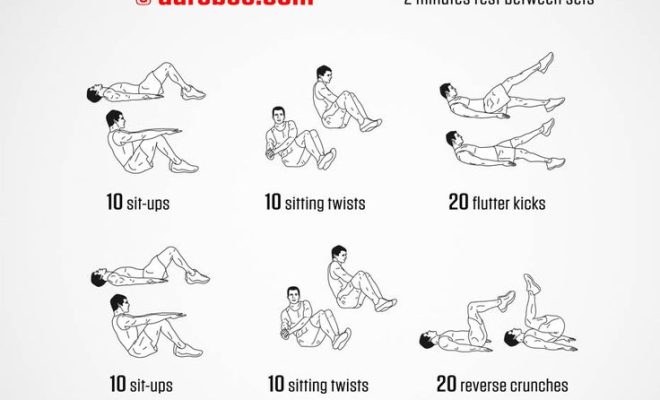Cardio or Resistance Workouts: Is There a Best Combo for Your Heart?

Cardio and resistance training are both important components of a well-rounded fitness routine, each offering unique benefits for heart health. Understanding how to integrate these forms of exercise can help optimize your cardiovascular wellness.
Cardiovascular or aerobic exercises, such as running, swimming, and cycling, increase the heart rate and improve the amount of oxygen that is transported to your muscles. This type of workout strengthens the heart and lungs, improves circulation, and can lower your risk of heart diseases such as hypertension, high cholesterol, coronary artery disease, and heart attacks. The American Heart Association recommends at least 150 minutes of moderate-intensity aerobic activity or 75 minutes of vigorous aerobic activity per week.
On the other hand, resistance or strength training exercises, like weight lifting, bodyweight exercises, and resistance band workouts, focus on building muscle strength and endurance. While not directly related to increasing heart rate as cardio does, resistance training supports heart health by improving metabolism, reducing body fat percentage, increasing muscle mass, and helping with the control of blood sugar levels – all factors that contribute to reduced heart disease risk.
But what’s the best combination? Combining cardio with resistance training appears to provide greater cardiovascular benefits than either form of exercise alone. A balanced routine that includes at least two days per week of moderate or high-intensity muscle-strengthening activities combined with regular aerobic exercise can prove beneficial for overall cardiovascular health. This combo ensures that you’re not only working on the heart’s pumping ability but also improving vascular function and metabolism.
For those exclusively interested in enhancing heart health rather than building significant muscle mass or endurance capacity in lifting weights – a program rich in cardio with a moderate addition of resistance elements will typically suffice. However, incorporating heavy resistance training a few times a week can yield greater improvements in resting blood pressure and lipid profiles compared to cardio alone.
Ultimately, there isn’t a ‘one size fits all’ answer. The best combination will vary depending on personal fitness levels, goals, medical history, and preferences. It is always advisable to consult with a healthcare provider or a fitness professional before starting any new workout regimen.
To sum it up for your heart: variety is key. A blend of regular cardiovascular activities coupled with strength training offers comprehensive benefits that safeguard your heart health. Remembering that consistency is more important than intensity when starting out will help keep you on track for a healthier heart.




